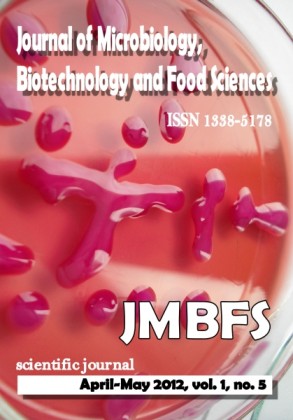PROPAGATION OF CLEOME SPINOSA JACQ. THROUGH TISSUE CULTURE
Keywords:
Cleome spinosa Jacq., tissue culture, regeneration, plant growth regulatorAbstract
The tissue culture and rapid propagation of Cleome spinosa Jacq. was explored by investigating the effects of different plant growth regulators on callus induction, bud differentiation, and root formation of three types of explants. The results showed that hypocotyls and stem segments regenerated buds directly on growth regulator-free Murashige and Skoog (MS)medium. The highest callus induction rates of hypocotyls, stem segments, and leaves reached 100% and were obtained on the culture medium of MS + (1.0 to 2.0) mg/L kinetin (KT) + 0.02 mg/L α-naphthalene acetic acid (NAA), on which the leaves produced the best quality of calluses. The leaf-derived calluses were subcultured on MS + 0.5 mg/L KT +0.5 mg/L 6-benzylaminopurine (BAP) and achieved the highest differentiation rate of 100%, producing an average of 7.5 buds per explant. Inoculation with MS + 0.5 mg/L indole-3-butyric acid (IBA) resulted in the production of a number of thick roots by 66.7% of the regenerated buds. After transplanting, plantlets with more roots survived easily and grew well.Downloads
Downloads
Published
2012-04-01
How to Cite
Qin, Y., Zeng, F., Sun, X., Feng, Y., & Yang, C. (2012). PROPAGATION OF CLEOME SPINOSA JACQ. THROUGH TISSUE CULTURE. Journal of Microbiology, Biotechnology and Food Sciences, 1(5), 1319–1327. Retrieved from https://office2.jmbfs.org/index.php/JMBFS/article/view/7239
Issue
Section
Biotechnology
License
Copyright (c) 2012 Yaoguo Qin, Fuchun Zeng, Xin Sun, Yingli Feng, Cuiqin Yang

This work is licensed under a Creative Commons Attribution 4.0 International License.
All papers published in the Journal of Microbiology, Biotechnology and Food Sciences are published under a CC-BY licence (CC-BY 4.0). Published materials can be shared (copy and redistribute the material in any medium or format) and adapted (remix, transform, and build upon the material for any purpose, even commercially) with specifying the author(s).

